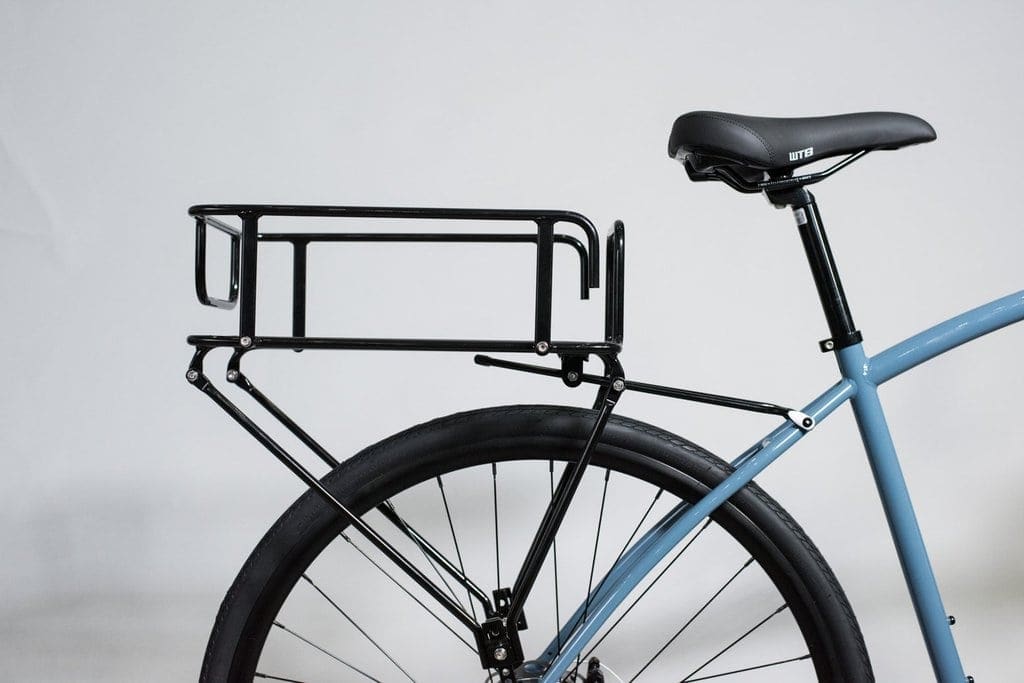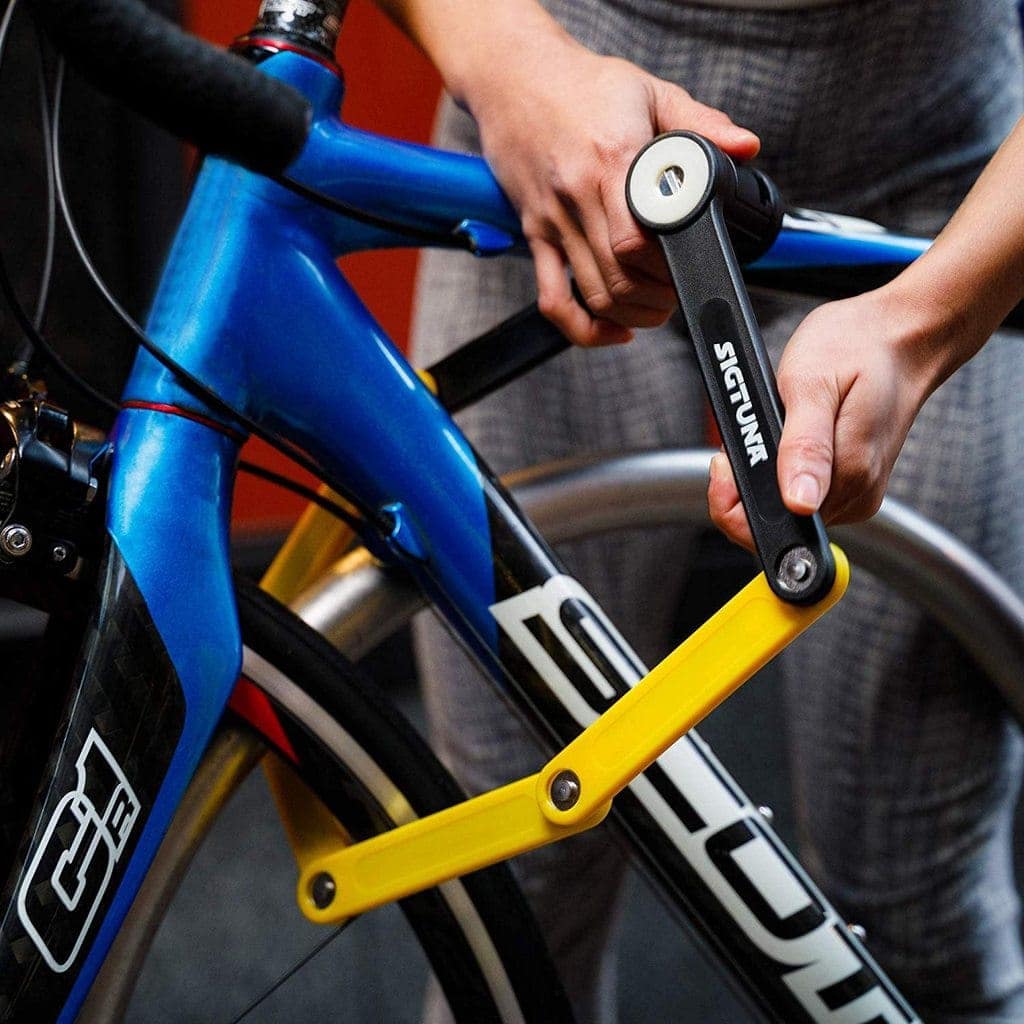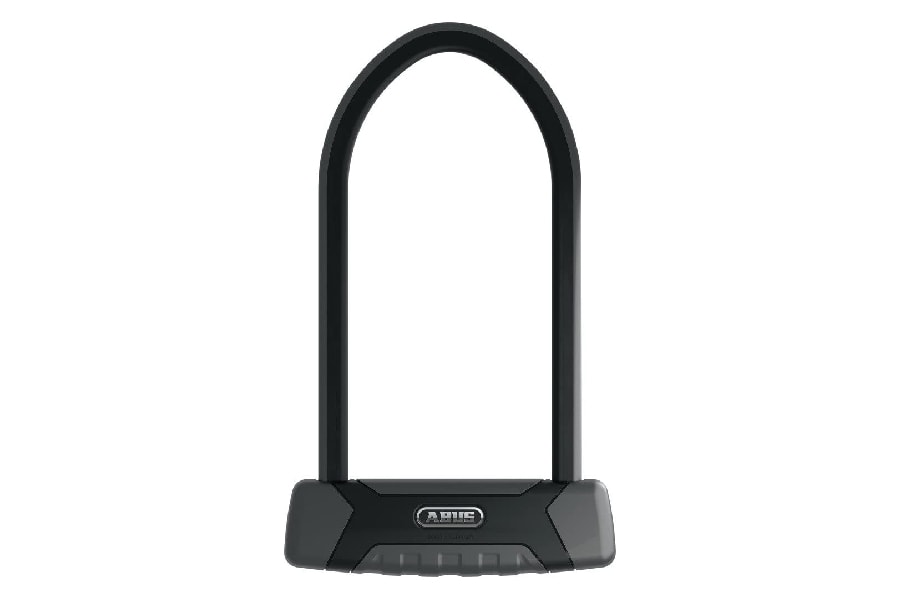How to Lock Your Bike to Prevent Theft
Every 30 seconds, a bike is stolen. And that number appears to be on the rise.
As cycling becomes more popular, both for physical fitness and as a main mode of transportation for commuters, thefts, unfortunately, will continue to rise.
So, what can you do to minimize the chances of your bike being lifted by a thief?
You’ve come to the right place. As avid cyclists, we’ve researched and compiled a list of tips and tricks to keep your bike safe from theft. Unfortunately, once your bike is stolen, there’s statistically a higher chance it won’t show up again instead of being found.
Use these tips to keep your bike safe from thieves.
3 Important Things to Keep in Mind
Get to Know the Area
There could be some neighborhoods in your town that are hotbeds for bike thefts. If you’ve lived in the same city for a while, you may be aware of these places, but if you’re new to town, you may not know where you shouldn’t park and lock your bike.
Ask around at the local bike shop or at your place of work to determine which areas to avoid locking your bike.
This doesn’t necessarily mean you can’t lock your bike in these perceived bad neighborhoods. A quick trip inside a coffee shop, for instance, is probably OK. It’s when you’re parking your bike for an extended period of time when it could become a problem.
Don’t Leave Bike Locked Overnight
This is especially true if you live in a big city.
Never leave your bike parked outside in the public overnight. When the sun drops for the evening, bike thieves will swoop in, cut the chain and be on their way. And no one will be around to see them.
If you live in a city and don’t have a secure bike storage area, you’ll have to bring your bike up to your residence for the night.
Make the Bike Unattractive
Shiny bikes are more attractive to thieves. Of course, this could be difficult for those who recently purchased a brand new bike and who are excited to ride it into work and out with friends.
If you have two bikes and know you need to lock your ride up for a few hours, go with the older, more worn-out bike. A bike thief who sees a brand new looking bike will try and steal it and sell it online in order to make a nice chunk of cash.
Where to Lock Your Bike?
When it comes to locking up your bike, you have several options for locations, each of which come with their own pros and cons
Bike Racks
This is always preferred because bike racks are strongly secured to the ground and in very public places. One downside to a bike rack is that other bikes are near it and could potentially bump and scratch your bike.
Lamp Posts
Public lamp posts, also referred to as streetlights, are another great option to lock your bike because a thief would need to climb all the way with the top, along with your bike, in order to steal it.
Some lamp posts will be too thick for U-locks. Make sure your local municipality doesn’t have a law prohibiting you from locking bikes to these posts. Signage of those laws are typically displayed on the post.
Trees
You could lock your bike to a tree if you’re making a quick trip inside a coffee shop or convenience store, but it’s not recommended. One, it’s not good for the tree if multiple bikes are locked and unlocked to it every day.
And two, a thief could potentially cut your bike free, and further damage the tree in the process.
Types of Locks to Use
There are three main types of bike locks you should consider purchasing.
U-Locks

U-locks are solid metal shackles that is extremely difficult for thieves to cut into in order to steal your bike.
Pros :
- Super tough. Some of the best bike locks in the world are U-locks because of their strength and durability.
- Smaller than a chain lock, which can make transporting it easier.
Cons :
- Limited in size, which means they may not fit in all situations, like when locking to a lamp post.
Cable Locks

Cable locks are lightweight and relatively low cost. Many of them come with a combination lock, which means you don’t have to worry about bringing a key along with you.
Pros :
- Lightweight. Throw it in your bag and you’re good to go. Some people wrap it around the frame of their bike.
- Lock multiple bikes since the chain is long enough. This is handy when biking with friends.
Cons :
- Not as secure as a U-lock as hardcore thieves know how to cut the cable.
Folding Locks

Folding locks are still considered relatively new, so your choices are limited. These locks have the dexterity of a cable lock, but the security of a u-lock.
Pros :
- Practical, compact design is great for commuters.
- Mount is typically supplied so you can store it right on your frame.
Cons :
- Limited choices since it’s new to market.
- More expensive than cable and U-locks.
How to Lock the Your Bike
Follow these best practices to effectively lock your bike and secure it from thieves.
Lock Against an Immovable Object
This may sound obvious, but remember that many objects may not seem immovable, but they are. A park bench is a great example. Not all benches are secure, so locking your bike to it isn’t a great idea.
Your first option is a bike rack, followed by a lamp post. Some buildings may even have bars connected to the building specifically for bikers to attach to.
Use A U-lock and Cable Lock Combination
If one lock is secure, two locks are very secure.
Attach the U-lock to the frame and an immovable object, and then wrap the cable lock through the frame and wheels. Make sure that cable lock is at least 12mm thick.
The combination of both locks will create a lot of work for a committed thief who wants your bike, ultimately deterring that person from pursuing it in the first place.
Have the Keyhole Facing Downwards
A common tactic of bike thieves is to pry open the lock from the keyhole.
So, when you lock up your bike, make sure the keyhole is facing down and away, preferably pressed against a wall, light post or bike rack. This will make it considerably more difficult for a thief to pry it open.
Remove Other Accessories
Of course, make sure to remove any saddlebags or other accessories you may have on your bike that are easily removable. Common items bicyclists often forget about include,
- Bike lights
- Baskets
- Bells
- Rearview mirrors
You may even consider taking your saddle with you if bike theft is more prevalent in a neighborhood you frequent.
Use a Small Lock
The tighter the lock is around an immovable object, the more secure your bike will be.
Larger locks leave more slack for a thief to work with. This is especially true with cable locks. Longer cable locks give thieves an opportunity to pull some slack and then move away from the bike while they cut it.
You ideally want to run a small U-lock through your back wheel and the frame of the bike. This will create a nice, tight lock that makes it more difficult for thieves to steal your bike.
A smaller lock is also lighter, making it easier to transport.
Avoid Quick Release Skewers
A quick release skewer is a mechanism for attaching a wheel to a bicycle. They make it very easy for anyone to come up and pop off your wheel. If your lock is attached through that wheel, then the thief can also potentially walk away with your bike.
These types of gadgets may seem convenient, but they’re not safe.
Register your Bike
Register your bike with a bike-registry service, like Project 529, to improve your chances of recovering your bike if it’s ever stolen.
These organizations let you register for free and then offer additional products, like unique ID tags that help better identify the bike, in the event it’s recovered.
Author Recommended Reads



